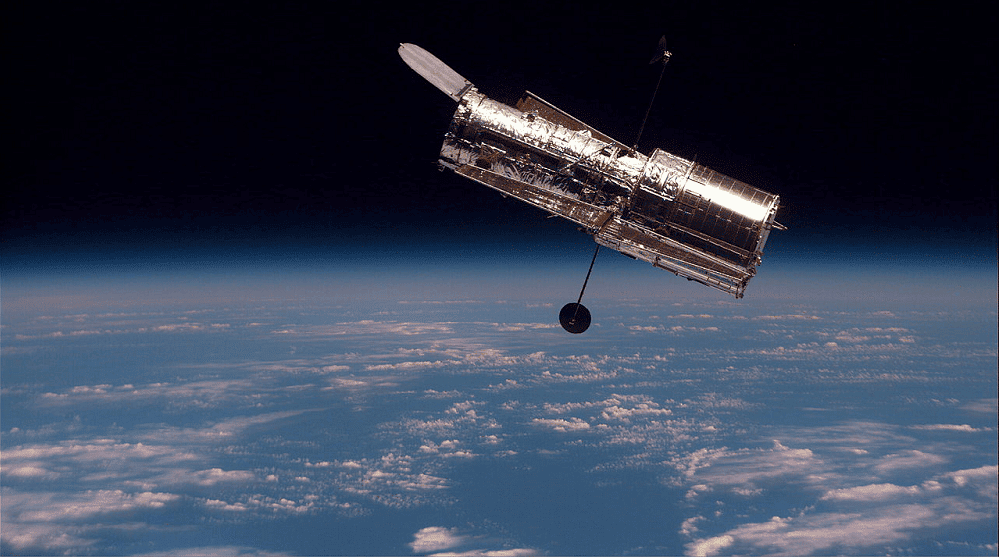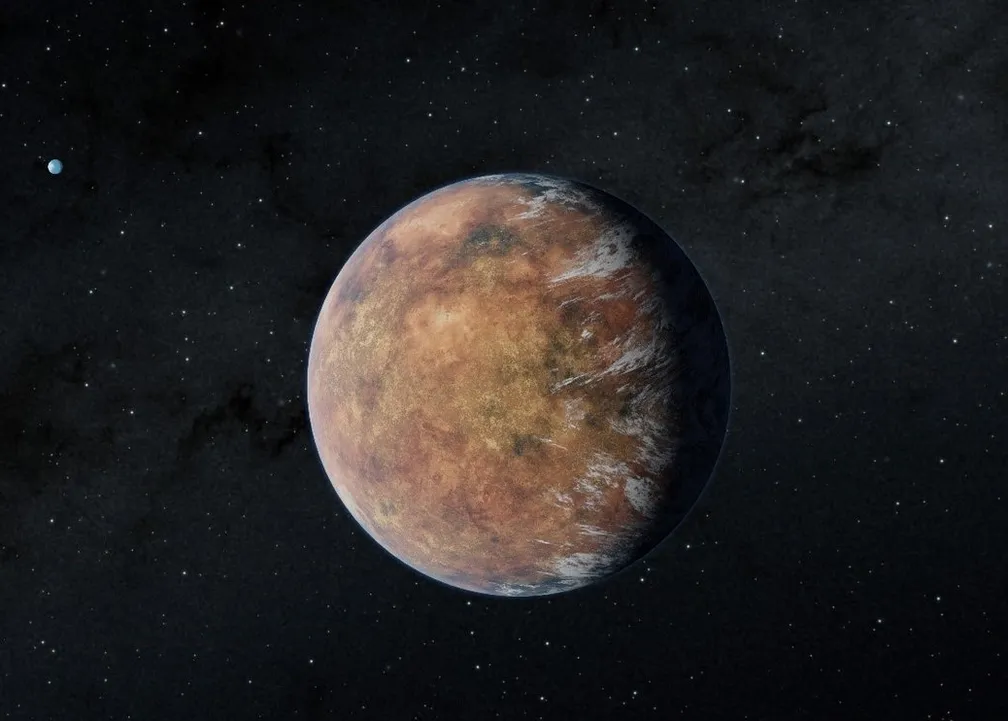Adverts
In an era where space exploration and the search for life beyond our planet are in the spotlight, technology plays a key role in discovering habitable worlds beyond our own.
So let's dive into the exciting world of technology and how it is powering our journey to find life in other corners of the universe.
Adverts
1. The Power of Remote Observation
One of the most powerful tools at our disposal in the search for habitable worlds is remote observation. With advanced telescopes such as the Hubble Space Telescope and the Keck Observatory, astronomers can study exoplanets – planets that orbit stars beyond our solar system – for signs of habitability.
Adverts

These telescopes use sophisticated technologies such as spectroscopy and light analysis to detect chemical elements in the atmospheres of exoplanets. This information can provide clues about the presence of water, oxygen and other elements essential for life as we know it.
2. Advanced Computer Simulations
In addition to direct observation, technology also allows us to create advanced computer simulations that model the atmospheric and environmental conditions of other planets. Using supercomputers and complex algorithms, scientists can predict what it would be like to live on distant worlds and identify the places most conducive to life.
These simulations are essential for guiding future space missions and helping researchers better understand the conditions that could support extraterrestrial life. They also allow us to explore what-if scenarios and expand our understanding of the universe beyond the limits of direct observation.
3. Advances in Exoplanet Detection
In recent years, there have been significant advances in the detection and characterization of exoplanets, driven by technologies such as the Kepler satellite and the TESS space telescope.

These instruments are capable of identifying exoplanets in habitable zones – regions around a star where conditions may be suitable for the existence of liquid water and, potentially, life.
Additionally, new instruments and techniques are being developed to study exoplanets in even greater detail, including high-resolution spectroscopy and interferometry. These technologies promise to reveal more about the atmospheric and geological composition of exoplanets, helping us determine their habitability.
4. The Future of Space Exploration
As we move into the 21st century, it is exciting to contemplate the potential for discovering habitable worlds beyond our solar system. Technology will continue to play a central role in this quest, enabling us to explore new horizons and expand our understanding of the cosmos.
However, the search for life beyond Earth is not just limited to science and technology. It also challenges us to rethink our place in the universe and to reflect on the connections we share with other living beings, wherever they may be.
Ultimately, exploring habitable worlds is a journey of discovery, curiosity, and possibility. As we continue our quest for the unknown, it is technology that will guide us forward, opening new paths and revealing the deepest secrets of the universe.




